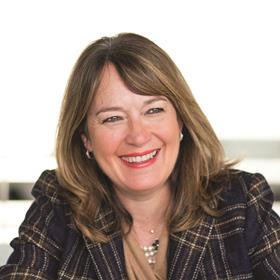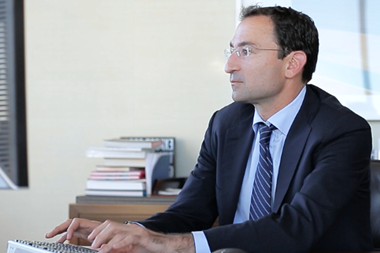The past year has taught us that the places we create and the quality of those spaces are more important than ever. How we have lived, worked and used outdoor space during the Covid crisis and what is accessible – and what isn’t – has accelerated our thinking about what we want and need from our places.

Covid has been horrendous, but it has driven a seismic shift in how we live and work. Combine that with a generational shift in thinking and what is coming will be quite profound.
Lockdown has highlighted a lack of access to open space, cramped housing and digital poverty. It has heightened the importance of community, given us pause to reflect on what we have on our doorsteps and where and how we want to work.
It has shone a spotlight on the quality of the places and space we provide – not only the places where people want to live, but where people have to live. The same design standards and quality of outdoor placemaking should be brought into urban spaces. We need to raise the standards across the board and hold ourselves, as an industry, to a higher standard.
One positive of lockdown has been the creation and strengthening of communities. Harworth has long put communities and placemaking at the heart of its regeneration. Over the past 12 months, we’ve seen people coming together and using spaces in a way they haven’t before.
The built environment has a role to play in fostering and sustaining these successful communities. And that means designing places really well, so there is a variety of space, different types of homes and a mix of tenures. Our places should support the needs of holistic communities, from young people to families and the elderly.
We need to raise standards across the board and hold the industry to a higher standard
Our designs need to reflect changing shopping habits, from the convenience of online retail to buying locally, how we socialise and our changing work habits. More of the working week is inevitably going to be spent at home post-Covid, which will influence what we want from our homes and offices.
We need to think carefully about how these changing priorities marry with the need for human connection and social interaction and the role of different places in bringing people together.
Thought will need to be given to our local neighbourhoods, from the types of facilities and amenities they provide to communal spaces. Ditto to what we want and need from our big urban centres.
Changing behaviours will drive different demands from our places, but quality needs to be at the heart of it – and Covid isn’t the only driver. How we live and work and what we value is part of a long-term structural shift – one that the next generation will play an increasing role in shaping.
The young adults in my life view the world through a very different lens to me and my cohorts at their age. They are less materialistic; they want more work/life balance, they are truly digital and they have grown up with the environment and sustainability as core values. The places that they live and work in are important to them, but so is how they are created and who creates them.
Life is not going to snap back to how it was before. The vaccine may bring us closer to ‘normality’, but Covid will leave a permanent mark, and for those working in the built environment, that will mean designing thoughtful, high-quality, inclusive places and spaces for everyone.
Lynda Shillaw is chief executive of Harworth Group
































No comments yet